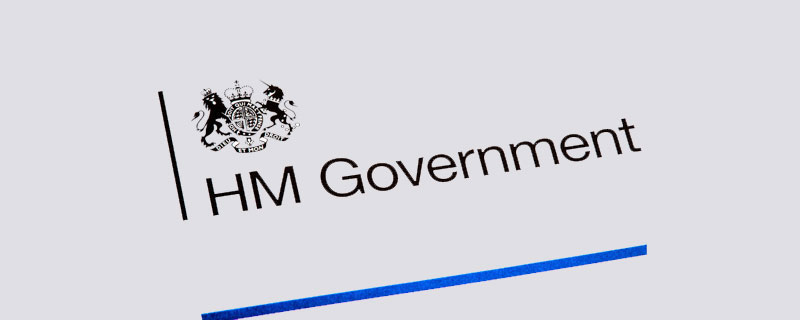THE BUILDING SAFETY BILL
The Building Safety Bill contains a series of reforms to building safety and is the main legislative response to the Grenfell Tower fire in 2017.
The Government established the Building Safety Programme and the Independent Review of Building Regulations and Fire Safety (the Hackitt Report) in response to the fire. Due to the Building Safety Programme, remediation work on cladding and other fire safety defects has been required across thousands of high-rise residential buildings in England. The Independent Review concluded a new system of regulation was required for the design, construction and occupation of high-rise residential buildings.
This Bill would make changes to building regulation and management and takes forward the Government’s plans to implement the review, as well as other building-related measures.
What progress has the Bill made?
A draft Bill was published in July 2020. The Housing, Communities and Local Government Committee scrutinised its contents and reported in November 2020. The Government response to the Committee was published alongside the Bill on 5 July 2020. The Library briefing prepared for second reading gives an overview of the Bill: Building Safety Bill.
Second reading took place on 21 July 2022. The Bill’s committee stage took place over 16 meetings starting on 9 September and concluding on 26 October 2021. Remaining stages will take place in the Commons on Wednesday 19 January. It will then move to the House of Lords.
When the Bill was introduced the Government said it expected the parliamentary process to take at least nine months.
Changes made at committee stage
Government amendments 6-8, 17, 18, 22-38, 41-56, 19-21 were agreed at committee stage. These were mostly technical provisions, and many related to the extension of specific provisions to Wales. One new Government clause was added to the Bill which would prevent higher risk buildings being occupied in phases when there was no completion certificate. This was needed due to the way the three ‘gateways’ during construction for new higher risk buildings, and introduced by the Bill, would work.
Amendments and new clauses were tabled by the Opposition and other members of the committee on a range of issues, but any debated were withdrawn at the end of the debate. Opposition amendment 16, which would have required the Housing Ombudsman to consult tenants as part of complaints made against social housing providers, went to a vote and was rejected.
A revised approach to funding remediation on 11-18 metre buildings
On 10 January 2022, the Secretary of State for Levelling Up, Housing and Communities, Michael Gove, announced a revised approach to dealing with building safety for residential buildings between 11 and 18 metres. This included:
- Scrapping the proposed loan scheme for cladding remediation for 11 to18 metre residential buildings and instead funding cladding remediation work for these buildings from developer contributions.
- Promising further amendments to the Building Safety Bill to protect leaseholders from costs, forfeiture and eviction due to historic fire safety costs.
- Amendments to the Building Safety Bill to retrospectively extend the legal right of building owners and leaseholders to seek compensation from their building’s developer for safety defects for a period of up to 30 years. The Bill currently provides for an extension of 15 years.
As part of the changes, the Secretary of State wrote to developers requesting the industry make financial contributions to support the revised plan, fund work on buildings they have played a part in developing and asked for relevant information they hold on buildings over 11 metres to be shared.







Leave a Reply
Want to join the discussion?Feel free to contribute!